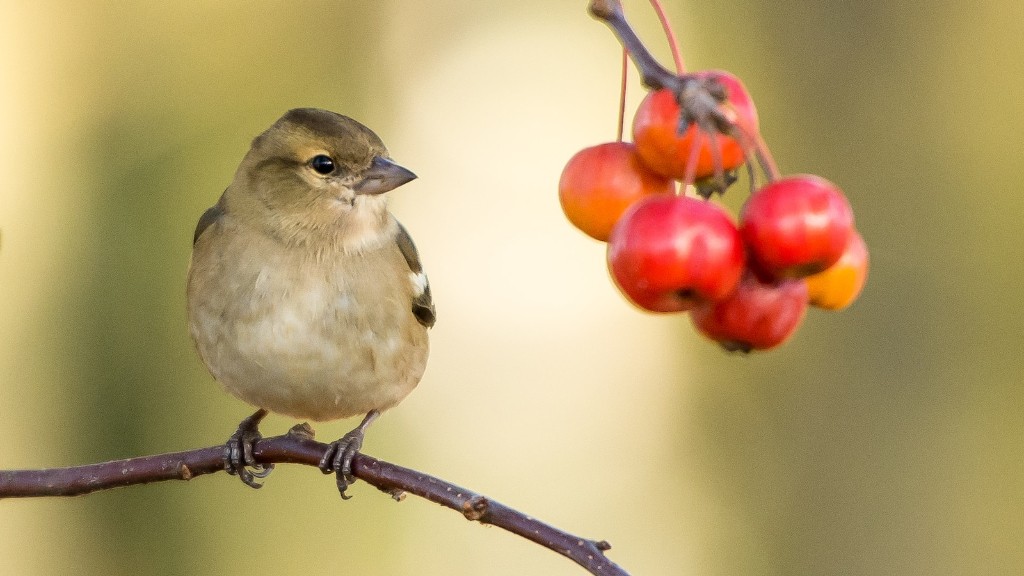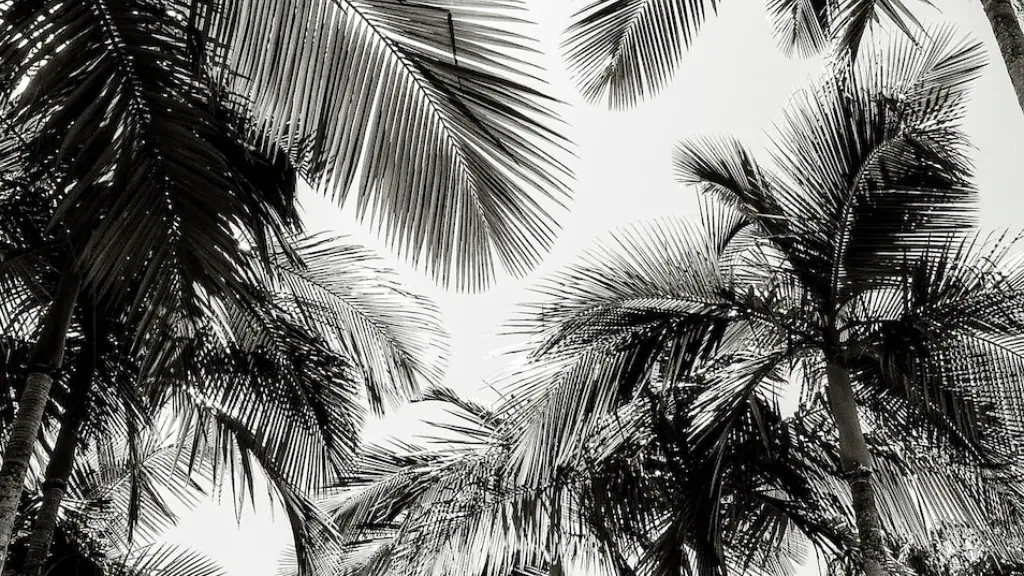Proper Pruning and Shaping
When taking care of a cherry blossom tree, proper pruning is essential. This process helps the tree to maintain its shape, as well as to prevent overcrowding. Excessive pruning can cause excessive damage, as can lack of pruning. On the other hand, proper pruning of a cherry blossom tree can help to direct its energy and resources towards flowering. When considering pruning and shaping, start by looking for dead, diseased, and broken branches, which should be removed first. This will create a clear path for additional pruning and shaping to follow. As you prune, look for branches that are crossing each other or growing in the wrong direction and cut them back. Additionally, any branches that are growing too close to each other should also be pruned. Ultimately, the goal is to shape the tree into one that is attractive, healthy, and blooming.
Fertilizer
Whenever any kind of fertilizer is used, it is important to be cautious and use the right kind for the individual needs of each tree. Cherry blossom trees generally require a well-balanced fertilizer with a ratio of N-P-K (nitrogen, phosphorus, and potassium) as 10-10-10. Such fertilizer should be applied in the early spring and again in late spring with an estimated amount of 1 pound of fertilizer for every inch of the tree’s trunk. One should also keep in mind that chemical fertilizers should be kept away from the tree’s trunk, and should always be applied around the root zone. Natural fertilizers such as compost and rotted manure are also beneficial to the health of the cherry blossom tree, and can be mixed with the soil around the tree’s trunk.
Watering
Watering is also an important aspect to consider when taking care of a cherry blossom tree. The number one priority should always be to make sure that the soil is never too dry. Every cherry blossom tree is unique and may require different amounts of water depending on the climate and individual characteristics. When watering the tree, it is important to saturate the soil with water and hold the water for at least one hour, in order for the water to be properly absorbed by the soil. Additionally, the same care should be taken when watering the tree throughout each season. Watering makes a big difference in the way a cherry blossom tree looks, and having a proper watering system in place can make all the difference in the world.
Pests and Diseases
Some of the main pests to watch out for are scale insects, whiteflies, and spider mites. Keeping the tree and the outlying area clean can help to prevent these pests, as decaying matter such as leaves and twigs can attract them. If a tree is infected, it is important to act quickly and remove any infected twigs or leaves as soon as possible. Additionally, it is important to use specific pesticides that are approved for use and are specific to the pests that have infected the tree. Lastly, it is also important to make sure the tree receives enough sunlight and air circulation, as this helps to keep pests and diseases away.
Proper Location
The location of a cherry blossom tree also can influence its health and growth. Ideally, the tree should be planted in a location that offers sun during the day, and shade during the night. The soil should also be well-draining and should be rich in organic matter. As previously mentioned, fertilizer can be mixed with the soil around the tree’s trunk in order to help it reach its fullest potential. Also, cherry blossom trees are not tolerant of extremely wet soils and should not be planted in areas that are prone to flooding.
Nutrition
The cherry blossom tree needs to be provided with the proper nutrition in order to grow and stay healthy. A well-balanced diet consists of regular fertilization as previously mentioned, as well as other nutrients such as magnesium, zinc, and iron, which can help to ensure the tree grows in a healthy manner. Additionally, applying a layer of mulch can also help to lock in moisture and keep the tree’s roots protected from any harsh weather conditions.
Mulching
Mulching is also important when it comes to taking care of a cherry blossom tree. This helps to lock in moisture and prevents the soil from becoming too dry. Additionally, mulching helps to provide additional nutrients to the tree and is an important factor in the success of the tree. It is also essential to choose the right type of mulch when mulching the cherry blossom tree. One should opt for a layer of organic mulch around the tree, such as bark chips or wood chips. This type of mulch helps to protect the tree’s roots from extreme temperatures and helps to keep weeds away as well.
Protection from Winter
Throughout the winter season, it is important to safeguard the cherry blossom tree from harsh weather. This can be done through covering the tree with a burlap bag or wrap during the coldest months. This protects against extreme temperatures, as well as helps to lock in moisture. Additionally, if you plan on pruning the tree during the winter season, it is important to avoid damaging the branches and delicate cherry blossom buds. Such damage could prevent the tree from flowering and bearing fruit.
Soil Preparation
When it comes to planting a cherry blossom tree, it is important to prepare the soil first. This helps to ensure that the tree has all the necessary nutrients available for growth. The soil should be tilled and any debris should be removed from the area. Additionally, a layer of organic material such as compost or rotted manure should be added to the soil. This type of material helps to ensure that the tree will be planted in healthy soil. It is also important to ensure that the soil is well-draining, as wet or soggy soil can create an environment that is not suitable for a cherry blossom tree.
Foliar Feeding
Foliar feeding is a method of feeding the cherry blossom tree by spraying a solution of nutrients directly onto the tree’s leaves. This is done by mixing a solution of liquid fertilizer and water and spraying it directly onto the cherry blossom tree’s leaves. This helps to provide the tree with essential nutrients and minerals that it may not be able to access through the soil. Additionally, foliar feeding helps to ensure that the tree is better able to access the nutrients that it needs in order to grow and blossom.
Tree Support
Another factor to consider when taking care of a cherry blossom tree is the need for tree support. This can help to ensure that the tree is secure and will not get damaged in strong winds or storms. Generally, a stake should be placed in the ground to provide additional support for the tree. However, when staking the cherry blossom tree it is important to take caution and ensure that the stake is not placed too close to the tree, as this can cause damage to the roots. Additionally, it is best to use a soft, flexible stake so as to not cause any damage to the tree’s trunk or branches.
Tree Wrapping
Tree wrapping is also an important aspect of cherry blossom tree care. This helps to prevent the trunk and branches of the tree from getting damaged in strong winds and storms. Generally, a tree wrap should be applied in the winter season, as this is when the tree is most vulnerable to damage. It is important to use a soft, breathable material when wrapping the tree, as any plastic or other material that does not allow for air circulation can cause the tree’s trunk to rot. Additionally, it is important to place the wrap away from any branches, and to remove it in the spring.
Fungal Treatments
If a cherry blossom tree becomes infected with a fungal disease, it is important to take action quickly and employ fungal treatments. A fungicide is generally used as a preventive measure, in order to stop the fungal disease from spreading. This should be done as soon as the first signs of infection occur, and can help to save the tree from further damage. Additionally, it is important to use a fungicide that is specific to the fungal disease that has infected the tree, as different diseases require different treatments.
Pest Control
Keeping pests away from the cherry blossom tree is also important as a means of tree care. The most common pests are aphids, spider mites, and whiteflies, and it is important to take action whenever these pests are discovered. Generally, employing a specific pest control product to the tree can help to get rid of the pests quickly and safely. Additionally, keeping the tree clean by removing any decaying material can also help to prevent pests from gathering in the area.
Pruning
Some cherry blossom trees will require more aggressive pruning than others, due to the fact that they flower every year. In some cases, pruning should be done twice a year in order to ensure that the tree is adequately pruned for blooming. Pruning should be done throughout the growing season in order to keep the tree’s shape and to prevent overcrowding. It is important to be cautious when pruning the cherry blossom tree and to always use sharp tools in order to prevent any damage to the tree.



